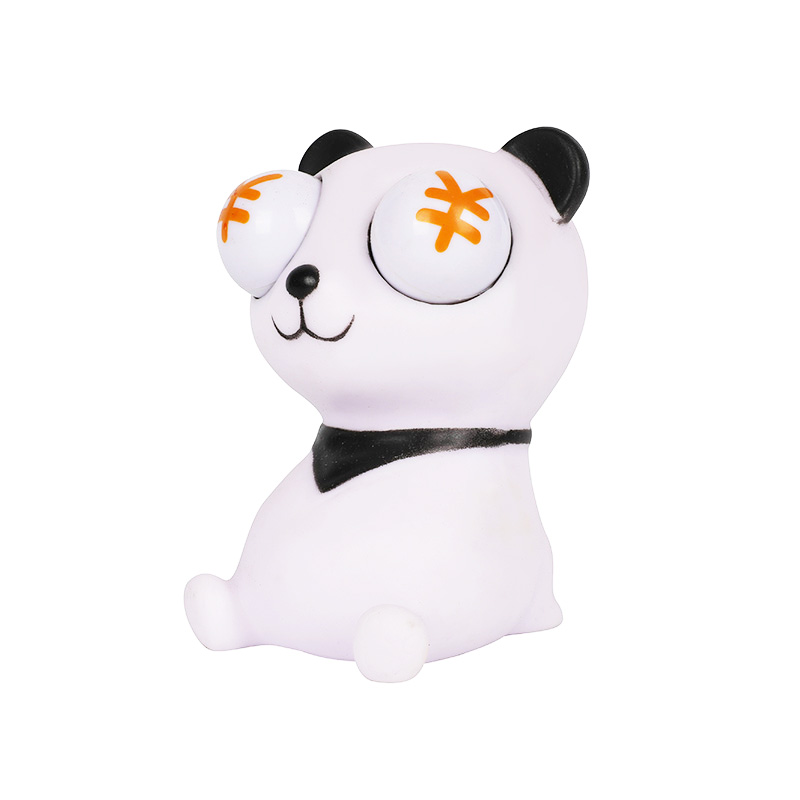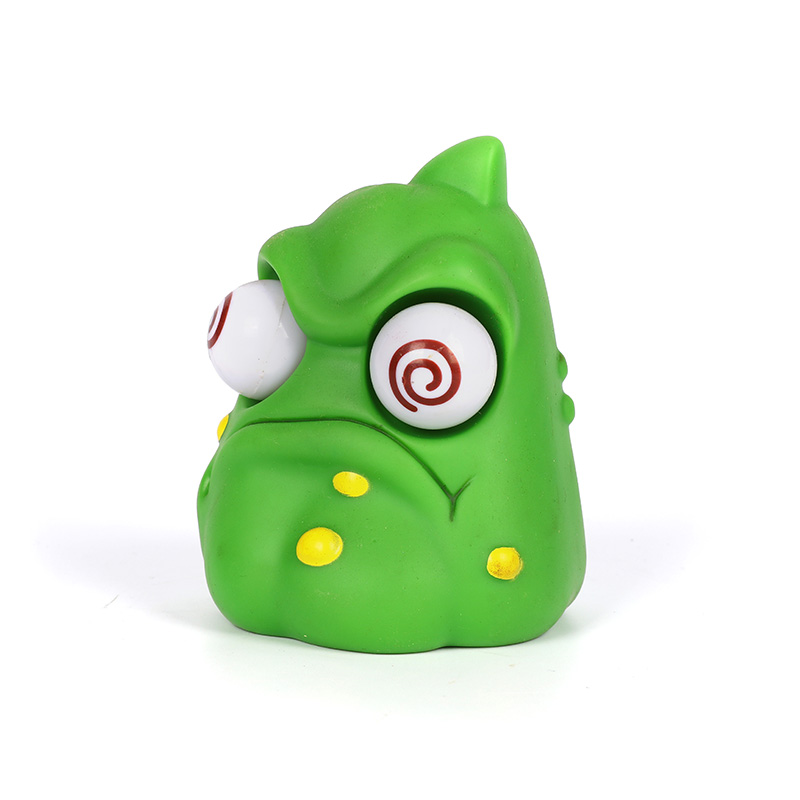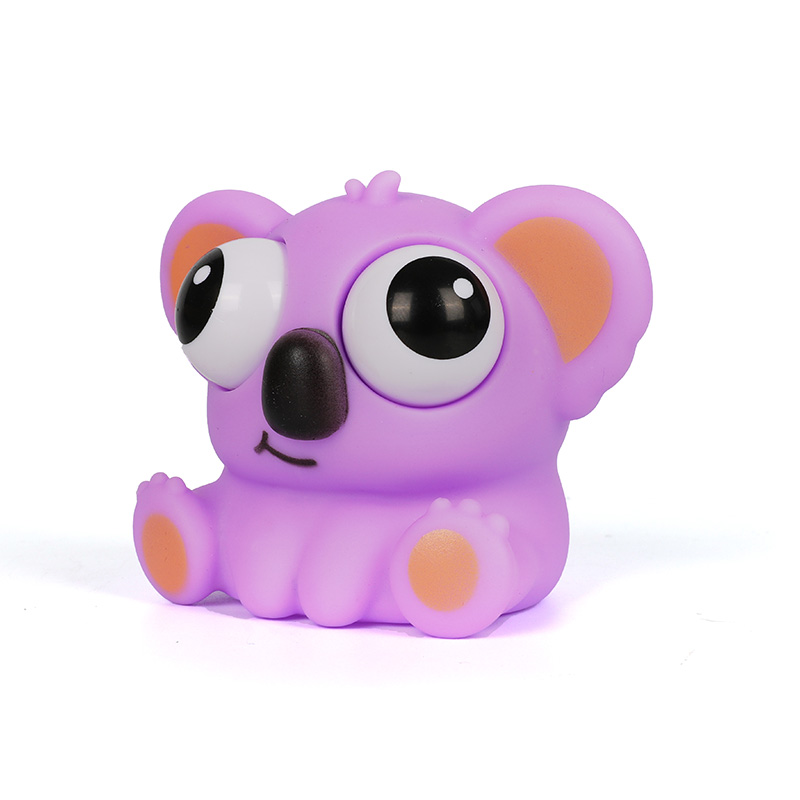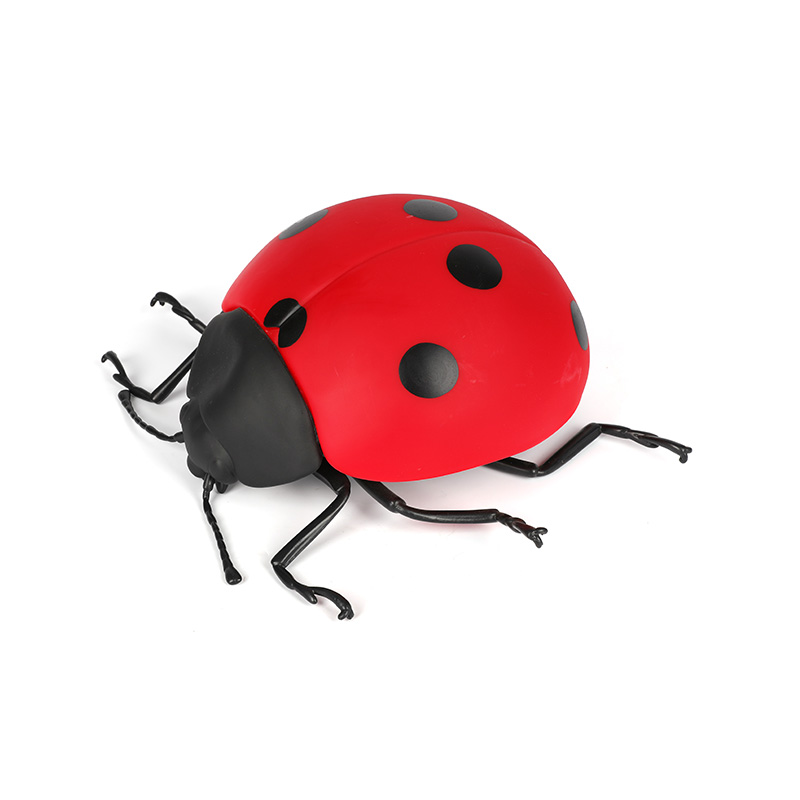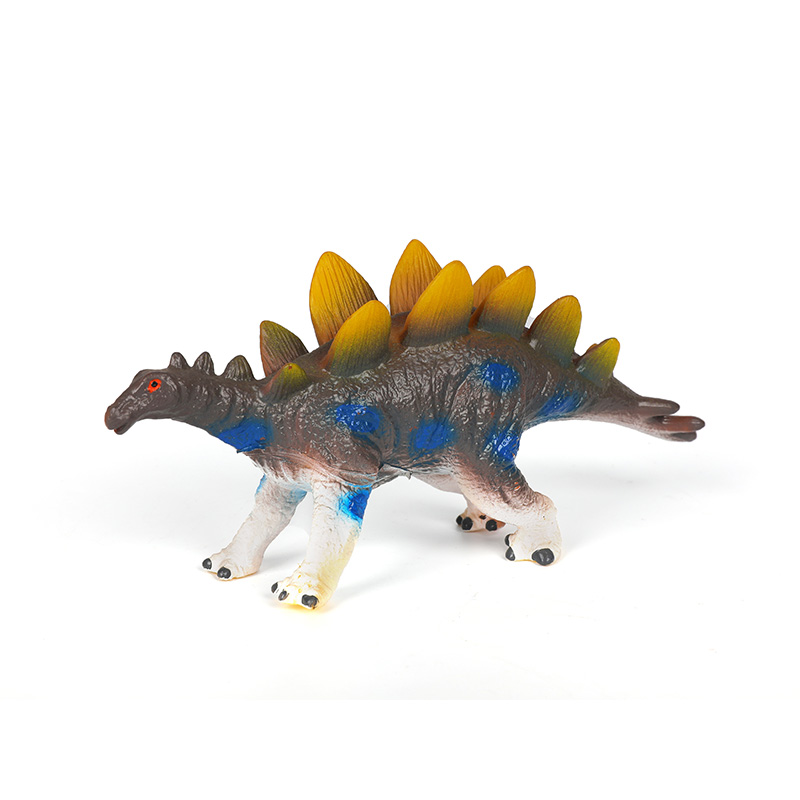- Type:
- Industry News
- Date
- 2024-Aug-16
Material Considerations In Rubber Teething Toys And Plastic Toy Design For Puppies
Rubber teething toys for puppies: Material Characteristics
Rubber is a popular material for teething toys due to its inherent properties that cater to the needs of teething puppies. Natural rubber, commonly derived from the latex of rubber trees, is a preferred choice. It is known for its elasticity and resilience, which allows it to withstand the intense chewing of puppies. This material also has a slight natural odor, which can be appealing to dogs and encourage play.
One of the primary advantages of natural rubber is its safety profile. It is non-toxic and free from harmful chemicals that could pose risks to pets. Additionally, natural rubber is biodegradable, making it an environmentally friendly option. However, it is important for manufacturers to ensure that the rubber used is free from contaminants and adheres to safety standards to prevent any potential health issues.
Another type of rubber used in teething toys is synthetic rubber. Synthetic rubber, such as styrene-butadiene rubber (SBR), is engineered to offer specific properties such as increased durability and resistance to wear and tear. While synthetic rubber can provide a longer-lasting toy, it is crucial to verify that it is free from harmful substances and adheres to safety regulations. Unlike natural rubber, synthetic variants may not be biodegradable, raising concerns about environmental impact.
Plastic Toy Design: Material Considerations
Plastic is another prevalent material used in toy design for puppies. Different types of plastics offer various benefits and drawbacks. Polyethylene (PE) and polypropylene (PP) are two common types used in pet toys. These plastics are valued for their durability, lightweight nature, and resistance to moisture and chemicals.
Polyethylene is widely used due to its versatility and affordability. It can be molded into various shapes and sizes, making it suitable for different toy designs. It is also relatively resistant to impact, which helps in withstanding the rough play of puppies. However, polyethylene is not biodegradable, which can be a concern for environmentally conscious consumers.
Polypropylene is another plastic option that is slightly more rigid than polyethylene. It is known for its resistance to chemical reactions and can withstand high temperatures, making it suitable for toys that might come into contact with hot or cold substances. Like polyethylene, polypropylene is not biodegradable, so manufacturers must consider its environmental footprint.
When designing plastic toys, it is essential to ensure that the materials used are free from harmful additives such as phthalates and bisphenol A (BPA). These substances can pose health risks to puppies and should be avoided in the production process. Additionally, the manufacturing process should include thorough quality control checks to ensure that the final product is safe and meets industry standards.
Material Safety and Environmental Impact
In addition to evaluating the properties of materials, safety, and environmental impact are paramount considerations. For both rubber and plastic toys, it is important to choose materials that are non-toxic and do not release harmful substances when chewed or ingested. Compliance with safety standards and regulations helps in mitigating risks associated with pet toys.
Environmental impact is another significant concern. Natural rubber, while biodegradable, may still have a substantial environmental footprint depending on its production process. Synthetic rubbers and plastics, on the other hand, are not biodegradable and contribute to long-term environmental waste. As a result, there is a growing trend towards using recycled materials and incorporating sustainable practices in the manufacturing of pet toys.
The choice of materials for Rubber teething toys for puppies and plastic toys for puppies is critical in ensuring the safety, durability, and environmental sustainability of these products. Natural rubber and synthetic rubber offer different benefits, with natural rubber being more environmentally friendly but potentially less durable. Plastics like polyethylene and polypropylene provide durability and resistance but lack biodegradability.
Manufacturers must carefully consider these factors when selecting materials and designing toys. Ensuring compliance with safety standards and incorporating sustainable practices can contribute to producing high-quality toys that meet the needs of puppies while also addressing environmental concerns. By focusing on material characteristics and their implications, both manufacturers and pet owners can make informed choices that benefit both pets and the planet.


 English
English
 English
English русский
русский Español
Español